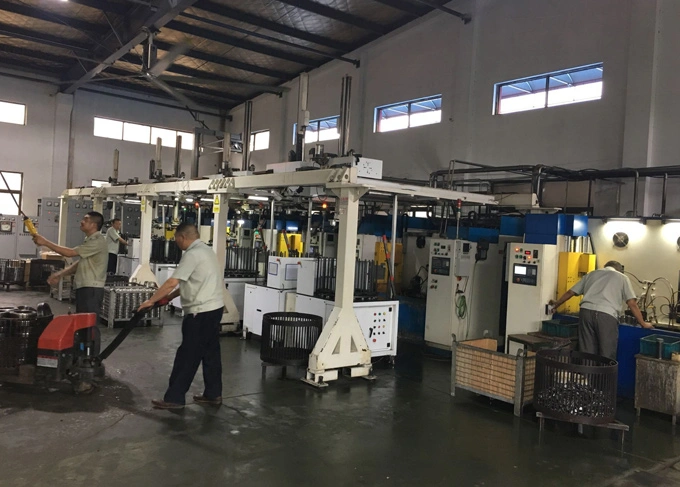en

Evaluate spring mechanism durability—heavy-duty springs or preload systems must maintain consistent tension to prevent delayed engagement under stress.
Select component made from special materials and with coated housings to withstand repetitive engagement cycles, minimize degradation and prevent moisture ingress in harsh operating environments.
As for heat dissipation, integrated cooling fins or thermally stable lubricants reduce warping risks during prolonged high-torque applications.
Confirm compatibility with drivetrain dynamics—match clutch dimensions and torque ratings to your vehicle’s power output and transmission type.
Review third-party testing certifications—choose suppliers validating components under industry-aligned protocols for reliability and safety in extreme conditions.
Some signs of the vehicle indicating the need to replace backstop clutch components include unusual noises, slipping, or failure to hold under load.
Essential accessories like the overrunning clutch must function correctly to ensure safe auto performance. Unusual noises such as grinding or clicking may suggest wear in the one way bearing or indexing clutch. Slipping can indicate issues with the overrunning clutch, where it fails to engage properly under load. Failure to hold under load points to problems with the backstop clutch itself, impacting its ability to prevent reverse rotation.
While in heavy-duty applications, these failures can compromise system integrity and efficiency, timely replacement of components is needed.
Our clutches integrate corrosion-resistant materials and low-inertia designs to meet EV/hybrid torque demands and environmental resilience standards.
Yes, all products comply with IATF 16949 and region-specific standards (e.g., REACH, RoHS), with documentation provided for audit purposes.
Standard lead time is 4-6 weeks for orders above 5,000 units, with expedited options available for urgent OEM/ODM projects.
Email us
Call us
Address
NINGBO. ZHEJIANG. CHINA